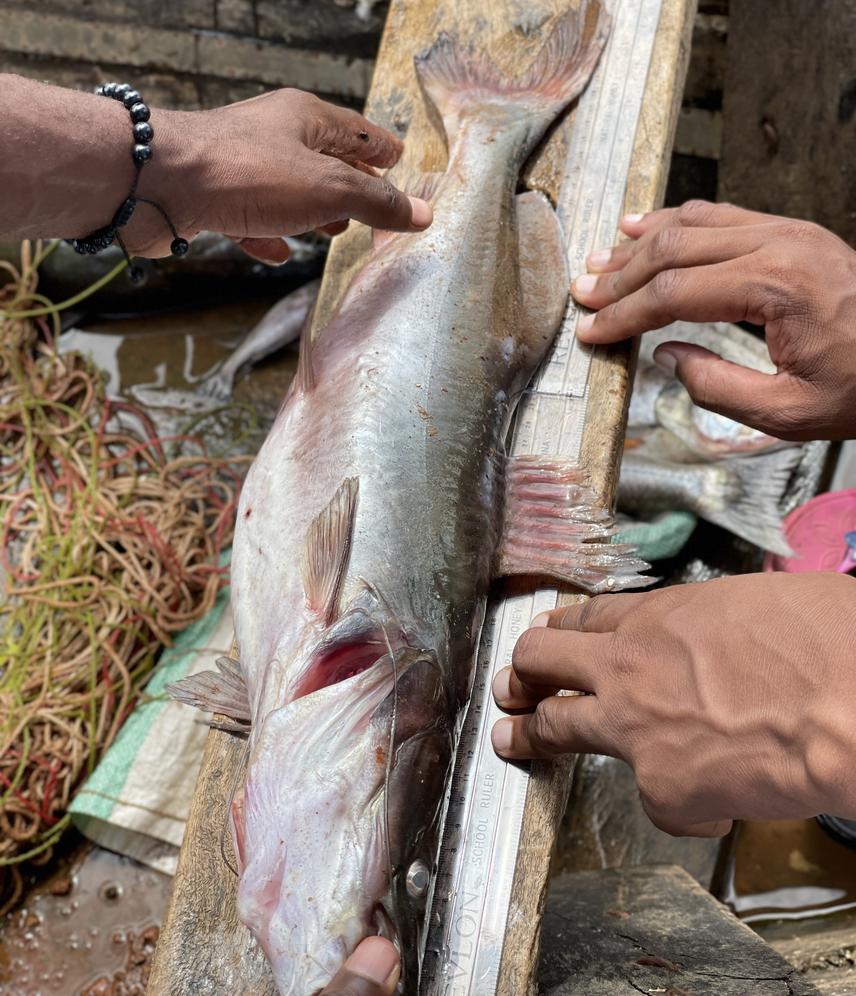Farida Mayowela
Lake Nyasa in southern Tanzania plays a vital role in supporting conservation of aquatic biodiversity and communities’ livelihoods through fishing and water supply for domestic uses. It is the home of a critically endangered (CE) fish species known as Kampango (Bagrus meridionalis). Despite the lake's importance for aquatic species, especially Kampango, human activities threaten its biological integrity. Overfishing and the use of poison and forbidden fishing nets, as well as a lack of understanding among local fishermen regarding B. meridionalis, are the greatest threats to the lake's and species' survival. These threats are potentially affecting natural processes driving B. meridionalis reproduction behaviour as they destroy and pollute foraging and breeding sites for this species. Thus, uncontrolled and/or illegal fishing coupled with overfishing, enhances the extinction risks of B. meridionalis. The ongoing illegal fishing and other human activities within and adjacent to the lake alter the ecosystem structure with severe consequences for B. meridionalis.

Preliminary Survey of Critically Endangered Kampango (Bagrus meridionalis) in Lake Nyasa at Lake Nyasa
Despite these threats, and based on our knowledge, there is neither a conservation effort nor an education campaign concerning B. meridionalis that has been conducted in communities adjacent to Lake Nyasa, notably in Tanzania. Similarly, there is no study that has been conducted to assess ecological habitats and the number of B. meridionalis that is harvested by local freshmen either per day or per week. Thus, it is critical to analyse the lake's ecological habitat, measure the amount of B. meridionalis harvested, and perform conservation education among local people in order to plan and implement conservation policies to reduce B. meridionalis extinction danger. The current status of B. meridionalis in Lake Nyasa, including illegal fishing, overfishing and its ecological habitats, will be identified and utilized as a baseline for conservation. This data will allow conservationists and government officials to focus their management efforts on areas with significant human activity and illegal fishing, which threaten the survival of B. meridionalis. In addition, factors that accelerate water pollution in the lake will be evaluated, identified, and used to plan a strategy to mitigate their effects. Specifically, this project will accomplish the following goals:
i. To quantify the number of B. meridionalis harvested by local fishermen per week
ii. To assess the impact of overfishing and pollution on B. meridionalis
iii. To assessing ecological habitat condition of B. meridionalis and conservation priority areas
iv. To raise B. meridionalis conservation awareness to local communities